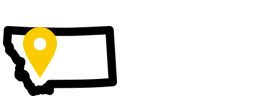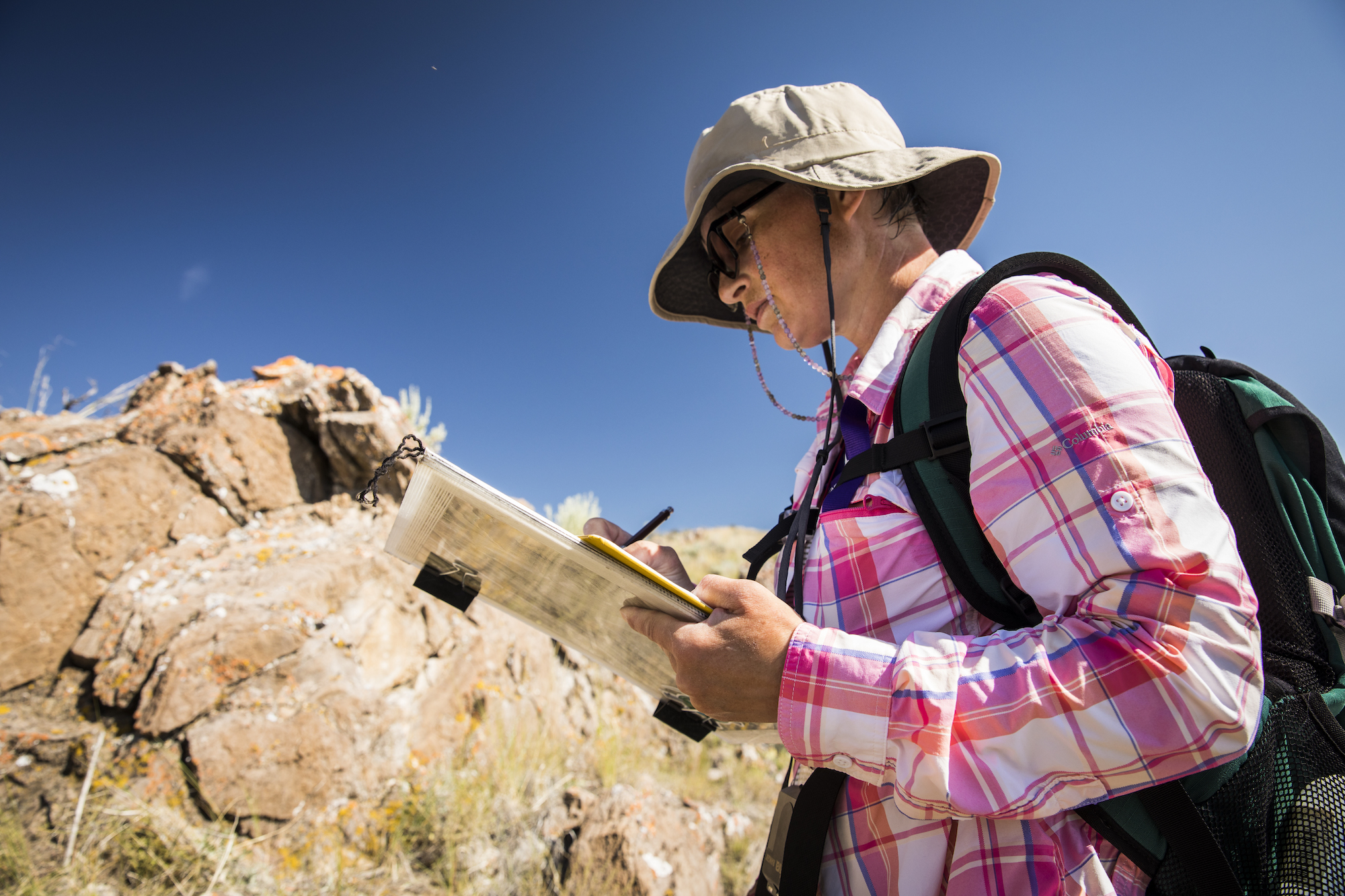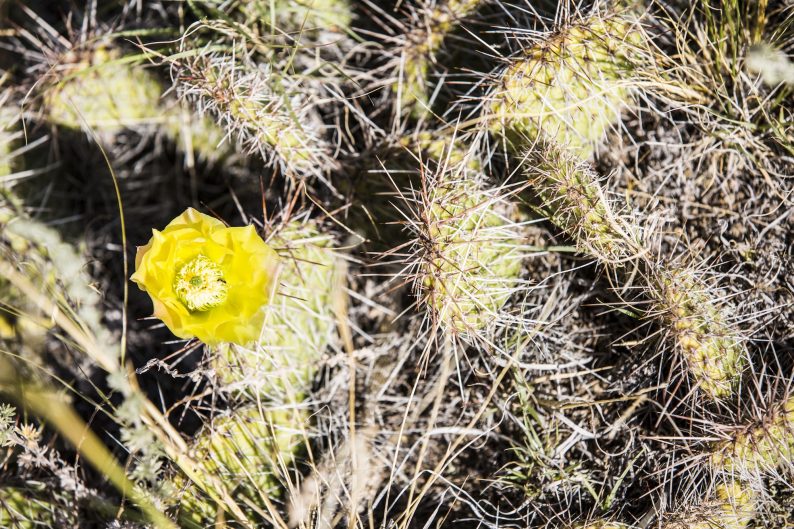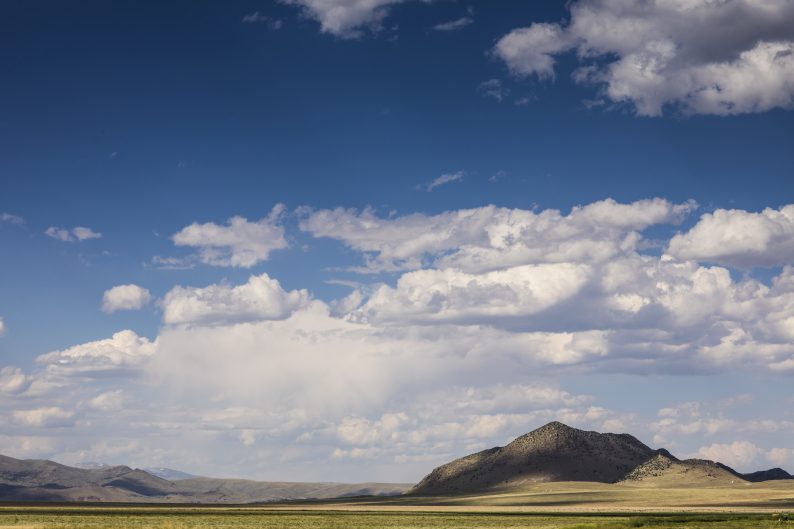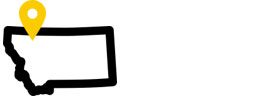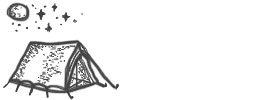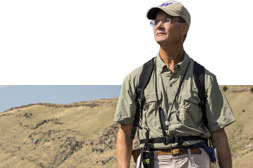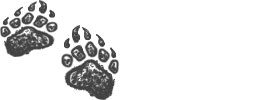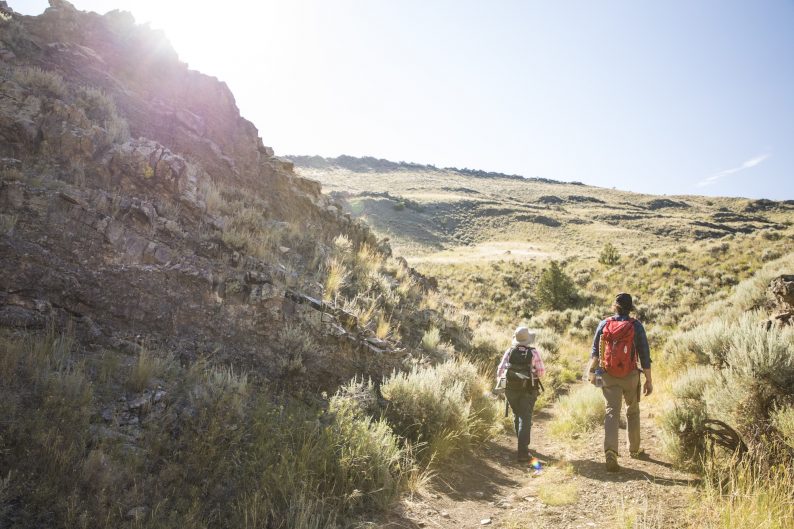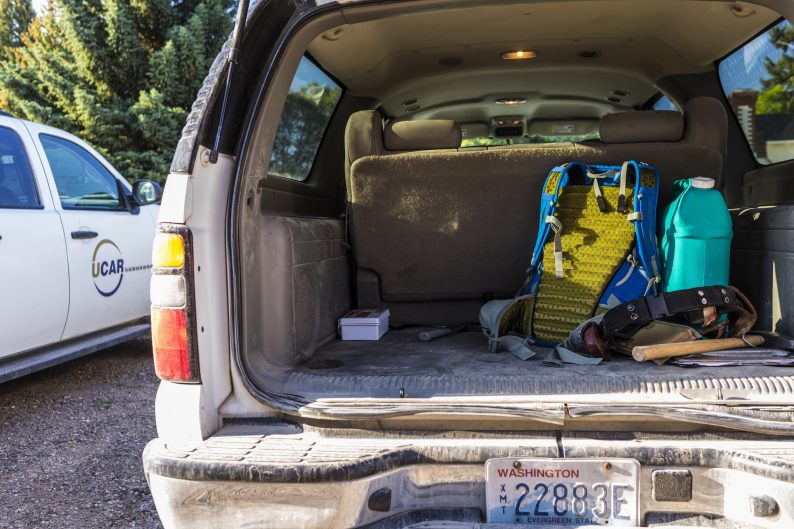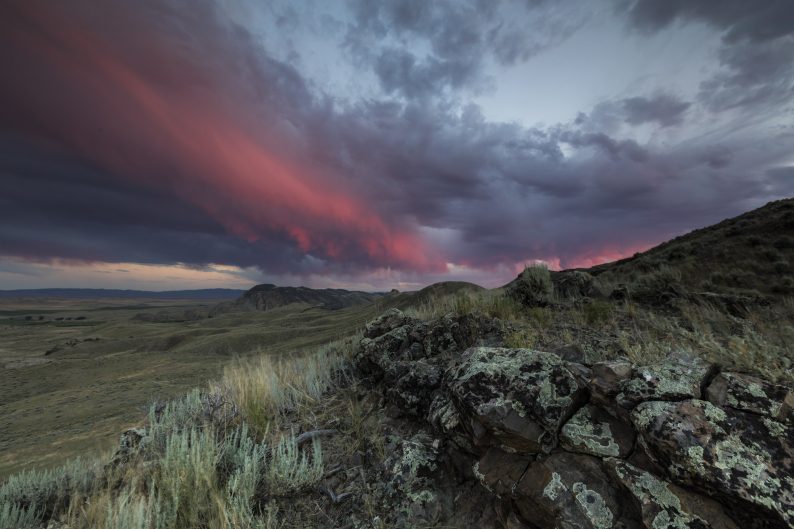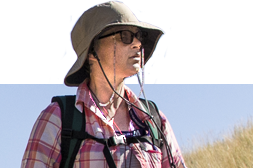
Name
Mary Alice Benson
Hometown
Seattle, Washington
UW standing
Graduate student in applied geology as of fall 2017
Favorite field camp project site
Timber Hill
Known in the field for
Rock identification
Favorite tool in the field
Rock hammer
Previous profession
Retail manager
Outside of geology
I live on a sailboat, love to travel and go curling whenever I can
I’m Mary Alice, a student in the University of Washington’s Department of Earth and Space Sciences. Last summer, I spent more than a month exploring Montana’s vast, geologically diverse landscape. At UW’s field camp, I tested, honed and mastered techniques I’d learned about in class.
I traced a complicated pathway through time; millions of years etched into the earth for geologists, like me, to parse through. The imprint of these 41 days will be with me forever.
In the Digital Age, fewer and fewer students get the same opportunity I did. Powerful mapping technologies — important for geologic work — sit at our fingertips and on our screens. We can explore landscapes without leaving our desks, so the number of field camps operating in the U.S. has dwindled.
But I believe every geologist needs to spend time in the field. All of us  rockhounds: An amateur mineralogist who studies and collects rocks and minerals from their natural environment.rockhounds need to feel the weight of history, time and transition up close in the areas we study.
rockhounds: An amateur mineralogist who studies and collects rocks and minerals from their natural environment.rockhounds need to feel the weight of history, time and transition up close in the areas we study.
This is my field camp experience.


